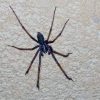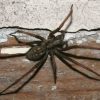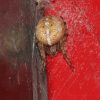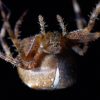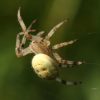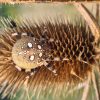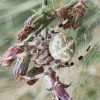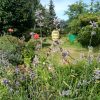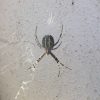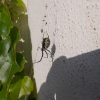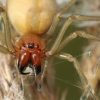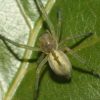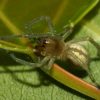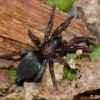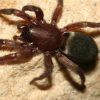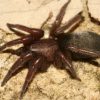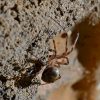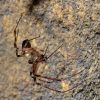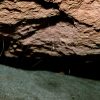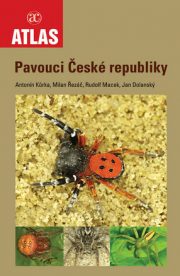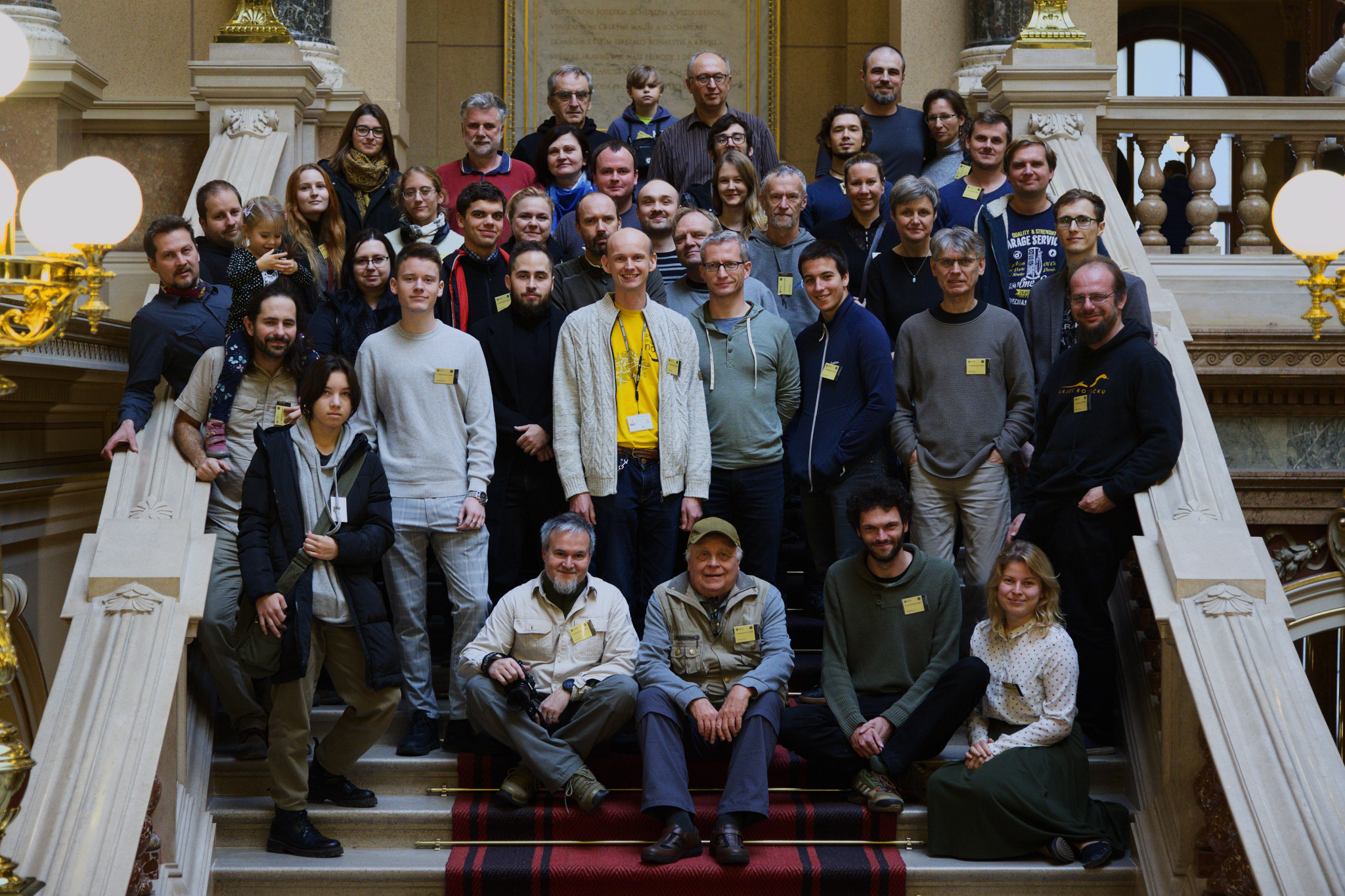
Členové ČAS na 119. semináři v Praze
O společnosti
V rámci 102. arachnologického semináře, konaného 11.10.2008 v Praze, byla na své valné hromadě společnost založena jako organizace, nahrazující Arachnologickou sekci při České společnosti entomologické. Při svém vzniku čítala 51 členů.
Česká arachnologická společnost je sdružení lidí se zájmem o pavoukovce. Vedle profesionálních vědeckých pracovníků v oboru arachnologie jsou jejími členy amatérští zoologové, chovatelé, fotografové a milovníci přírody.
Společnost pro své členy pořádá odborné semináře a exkurze a vydává sborník Pavouk, ve kterém informuje o aktuálním dění v oboru.
Členem se může stát osoba po dosažení věku 15 let, se členstvím je spjat členský příspěvek 300 Kč ročně (150 Kč pro studenty). (Viz. Stanovy)
Členové jsou pravidelně informováni o probíhajících a plánovaných akcích, o dění v české i mezinárodní arachnologické komunitě, jsou jim zasílána aktuální čísla sborníku a mají přístup k databázi literatury.Registrace je možná zde.
Běžní pavouci
Eratigena atrica (C. L. Koch, 1843)
pokoutník tmavý
Pokoutník černý, Eratigena atrica, je odjakživa nejobvyklejším pavoukem, kterého lidé nacházejí doma ve vaně, ze které nemůže vylézt.
Araneus quadratus Clerck, 1757
křižák čtyřskvrnný
Běžný druh křižáka vyskytující se na lučních biotopech. Momentálně probíhá mapování tohoto druhu. Děkujeme za Vaše nálezy.
Argiope bruennichi (Scopoli, 1772)
křižák pruhovaný
Krásný pavouk ze středozemí, který se v posledních desetiletích úžasně rychle rozšířil na našem území. Samice je nápadná, žlutě a černě pruhovaná, jako sršeň. Samec je mnohem menší,...
Cheiracanthium punctorium (Villers, 1789)
zápřednice jedovatá
Zápřednice jsou velcí pavouci, kteří můžou kousnout. Zápřednice jedovatá, Cheiracanthium punctorium, se vyskytuje v teplých oblastech našeho státu (Polabí, střední a středozápadní Čechy,...
Meta menardi (Latreille, 1804)
meta temnostní
Meta temnostní, Meta menardi, je dnes řazena do čeledi čelistnatkovitých, do velmi blízkého příbuzenstva křižáků (dříve se jí říkalo křižák temnostní). Je to hojný druh obývající...
Nejnovější publikace
Výskyt pavouků v zimním období, včetně skákavky Sibianor larae (Salticidae) a třesavky Pholcus alticeps (Pholcidae). Occurrence of spiders in winter, including the jumping spider Sibianor larae (Salticidae) and the daddy long-legs spider Pholcus alticeps (Pholcidae). Pavouk 58: 17–18 (in Czech)
Autoři: Mgr. Antonín RoušarDruhy: Pholcus alticeps, Sibianor larae
Štíři jako hostitelé larev roztočů. Pavouk 58: 15–16 (in Czech)
Autoři: Přemysl Fabiánek, Radek BaďuraMeta menardi neboli křižák temnostní: experimentální vhled do ekologické tolerance pavouka temnot. Meta menardi, or the cave spider: experimental insights into the ecological tolerance of the Prince of Darkness. Pavouk 58: 14–15 (in Czech, English summary)
Autoři: František Frederik CeperkoDruhy: Meta menardi
Pár poznatků o výskytu a biologii snovačky Dipoena torva v Železných horách. Pavouk 58: 13 (in Czech)
Autoři: Mgr. Ondřej Machač, Ph.D.Druhy: Dipoena torva
Výskyt skákavky Philaeus chrysops (Salticidae) mimo přírodní stanoviště. Occurrence of the jumping spider Philaeus chrysops (Salticidae) outside its natural habitat. Pavouk 58: 11 (in Czech, English abstract)
Autoři: Mgr. Antonín RoušarDruhy: Philaeus chrysops
